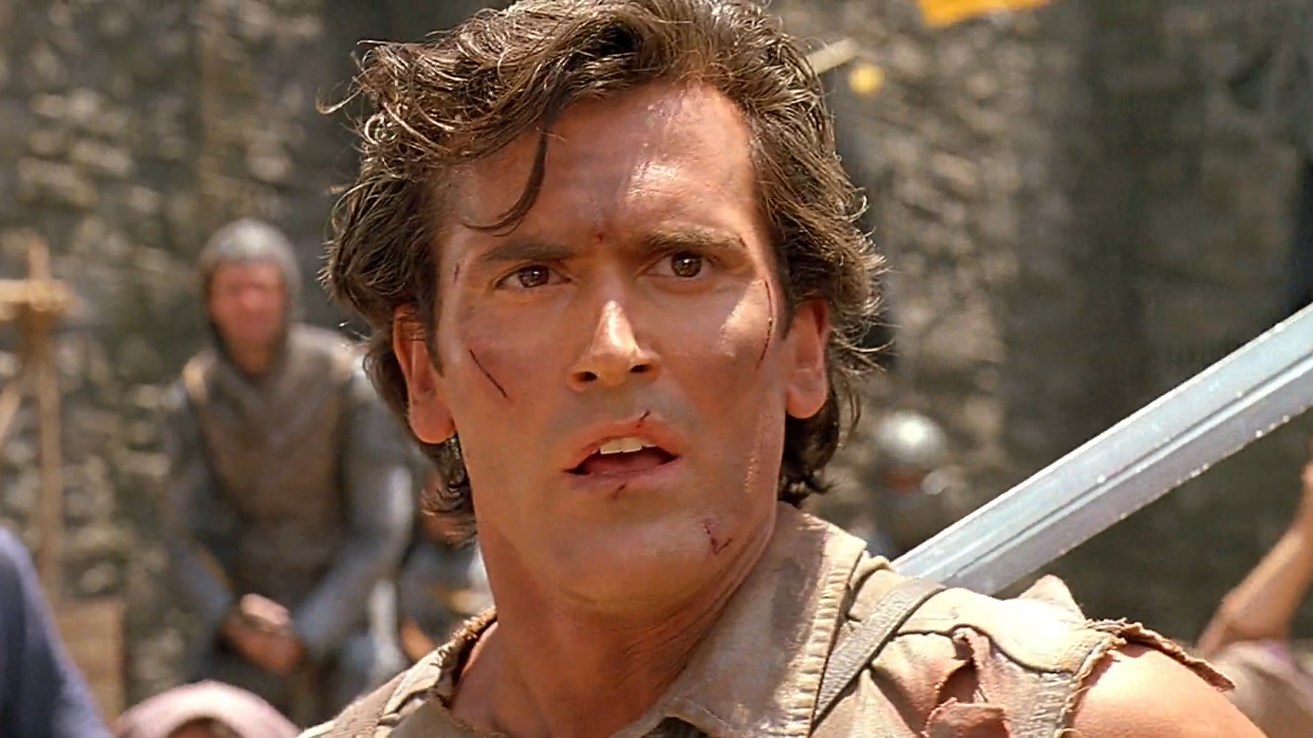
“Cult” has a lot definitions and possibilities. There are huge blockbuster films that have acquired substantial cult following; there are obscure, subversive film with the same dedicated fanbase. Filmmakers who died in anonymity have made cult movies; Oscar-winning directors have made cult movies. To dwell into what is and isn’t cult seems like a futile exercise at this point, one better suited to theoretical authors.
This list aims to shine a light upon some films which are not mainstream – either from a commercial point of view, or from a niche artistic perspective – but have achieved a steady group of fans who ardently defend these movies and have a great time watching them. There are some films which are cerebral and “artistic”; there are others who are straight-up gore fests.
It doesn’t matter, given that, for some reason, no one can deny they are cult films (even if we can’t define what cult effectively is).
10. A Better Tomorrow Trilogy
Films: A Better Tomorrow/A Better Tomorrow II/A Better Tomorrow III: Love and Death in Saigon
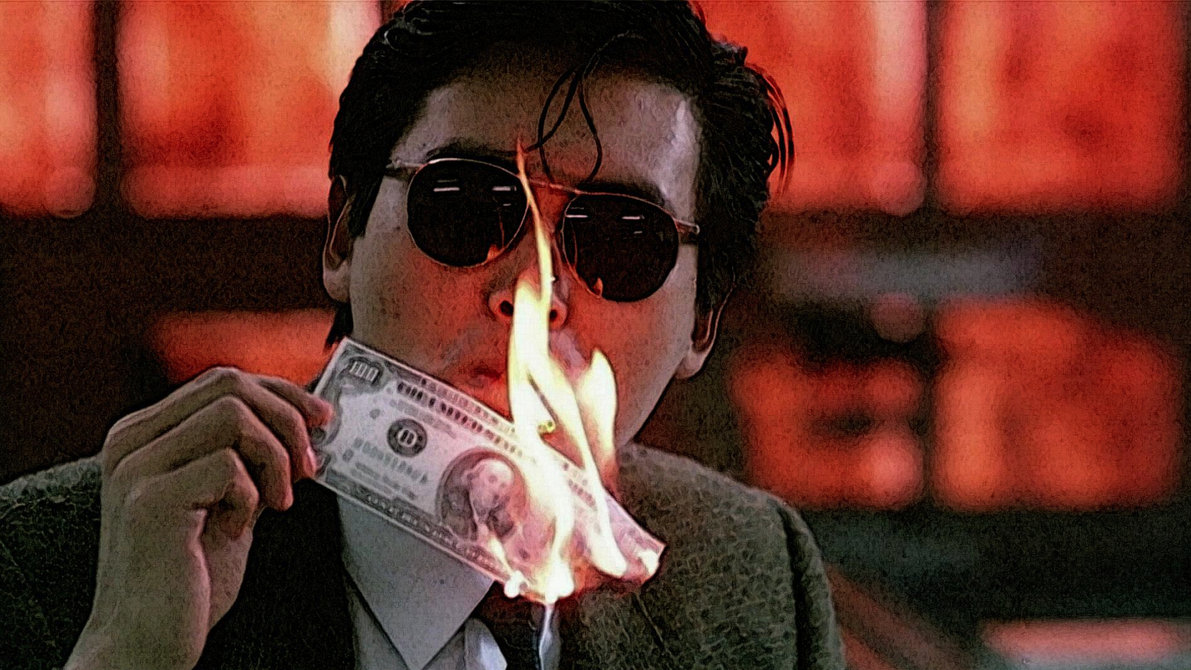
Kicking things off in typical double-gun-flying-pigeon style is the movie trilogy that kickstarted John Woo and Chow-Yun Fat’s careers and would go on to become a Chinese and international phenomenon, the A Better Tomorrow trilogy.
Premiering in 1986, the first A Better Tomorrow was a pulpy, stylized action flick that showcased some of Woo’s best and most exciting filmmaking. An epic yet intimate story about crime, family and the sacrifices one makes to keep a promise, the first instalment in the trilogy came out of nowhere, having had no promotional content or proper marketing strategy. Nevertheless, it managed to amass a record breaking box office in Hong Kong and would become a blockbuster in Asian cinema.
So influential and iconic a movie – it’s so popular in Hong Kong that the word “trench coat” in colloquial Cantonese literally translates to “Brother Mark’s Coat”, Mark being the name of one of the film’s best characters – could not go by with some of its story threads left hanging. A year later, A Better Tomorrow II was released, featuring even more gore, bloodshed and spectacular gunfights.
A direct follow up to the first film, A Better Tomorrow II follows Sung Tse-Ho as he leaves prison to infiltrate his former gang, only to discover his younger brother working undercover on the same case.
Even more hard-boiled and over the top than the first (really, the body count here is literally in the hundreds), this sequel gave fans all they wanted and more – Chow Yun Fat returns as his character’s twin brother, believe it or not. And although the story ties up pretty neatly at the end of the second film, original producer Tsui Hark decided to direct a third instalment, this time a prequel, after having had disagreements with Woo during the making of the sequel.
A Better Tomorrow III: Love And Death in Saigon focuses on the events that made Chow Yun-Fat’s character in the first film, Mark, the cold and violent shooter we knew him to be. To do that, however, Hark decided to shoot a Vietnam flick with Mark as the lead character. So, yeah, it’s a hyper stylized badass action movie set in the heights of the Vietnam War that, while considered the weakest entry in the series, still got to be a box office hit in Asia and is well worth checking out.
9. Black Society Trilogy
Films: Shinjuku Triad Society/ Rainy Dog/ Ley Lines
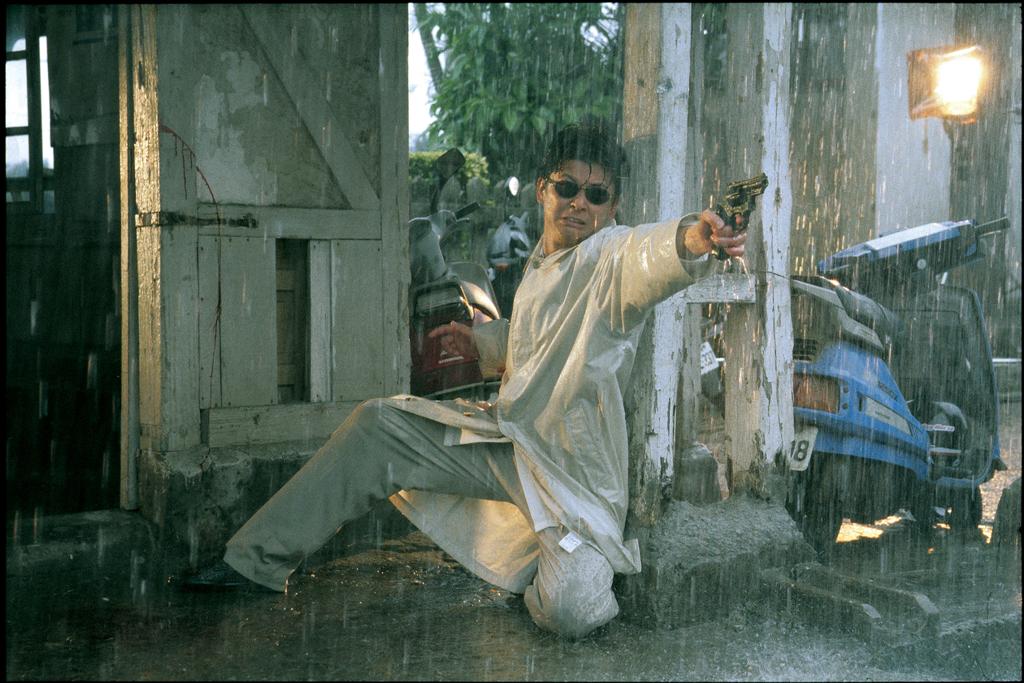
From some of the most interesting crime films of Chinese cinema, we move onto a trilogy of socially conscientious Yakuza/Chinese triad flicks from a respected master of pulp Japanese films, Takashi Miike. Released between 1995 and 1999, the so-called “Black Society Trilogy” includes films which are widely regarded as three of the finest gangster flicks Miike has ever put to celluloid.
An exploration of the criminal underbelly that lurks beneath the glow of Japanese elite, the Black Society Trilogy (also known as Black Triad Trilogy) is not a narrative based set of films, that is, they are not sequels to one another which aim to tell a single story. Instead, they tell three different stories of down trodden people’s slow descent into crime and savagery, all of which include instances of shocking violence and brutal (yet comical) sexual abuse.
However, even though the three films feature Tomorowo Taguchi in a prominent role and have similar thematic lacto sensu, they are still very particular movies with several individualities that make them unique within Miike’s extensive body of work.
From his seminal use of extreme violence and unusual characterization in Shinjuku Triad Society to the subdued technical accomplishment of Ley Lines, not to mention the strange mix of melancholy and unsentimentality of Rainy Dog, Miike gives it his all in these movies, which makes for a compelling and arresting view.
A relatively unknown thematic trilogy that should be discovered and evaluated, the Black Society Trilogy is a must for fans of ultraviolent socially conscientious films with moments of emotional tenderness and aesthetical hyper stylization.
8. Apocalypse Trilogy
Films: The Thing/ Prince of Darkness/ In The Mouth of Madness
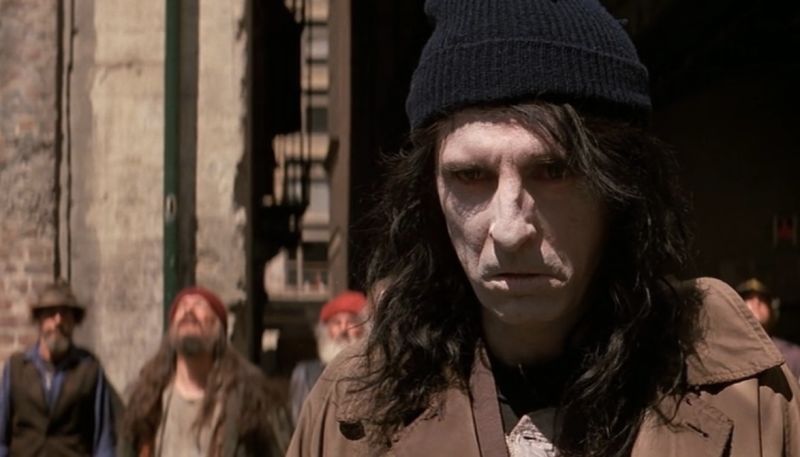
At first glance, it might seem incredibly hard to find a thematic undercurrent that permeates John Carpenter’s filmography. Despite being a genre filmmaker, Carpenter has explored a myriad of themes and brought to life several human and paranormal villains, or evil entities if you will. Due to that, few people are aware of his self-entitled Apocalypse Trilogy and the thread that runs through the three films in such series.
The Apocalypse Trilogy deals with characters facing unseen enemies that seem to defy the veil they call reality. As the lead protagonists are all physically (or mentally) trapped, without chance of escape, they have no choice but to fight an entity of nature unknown to men, of nature unfathomable to life on earth. The characters, however, must learn how to navigate the mysteries of these entities, only to never really figure out what they are and how they work (think back to The Thing’s terrifyingly ambiguous finale).
Though only one of the trilogy’s movies is overtly Lovecraftian (The Mountains of Madness), the concept of “cosmic horror” is inherent to the entire trilogy, that is, the horror that the universe is cold and uncaring, and humans – or humans’ minds – are but a frail speck in the whole of cosmos.
From that perspective, we get to see how these movies connect to one another. In 1982’s seminal classic The Thing, a group of scientists trapped in a facility in Antarctica discover an alien creature that is able to imitate human matter almost perfectly; 1987’s Prince of Darkness features a priest and a group of scientists trapped inside a church – which is being attacked by disfigured mutants of some kind – who are studying a mysterious liquid they claim to be the corporeal embodiment of Satan; 1995’s In The Mouth of Madness focuses on a man investigating the disappearance of an enigmatic writer only to figure out that he may be inside the fictional city the writer’s stories are set in, or even inside the writer’s latest book as well.
For fans of Carpenter and Lovecraft alike, it is well worth venturing into these interesting and partially underseen movies.
7. Savage Trilogy
Films: Jungle Holocaust/ Cannibal Holocaust/ Cut and Run
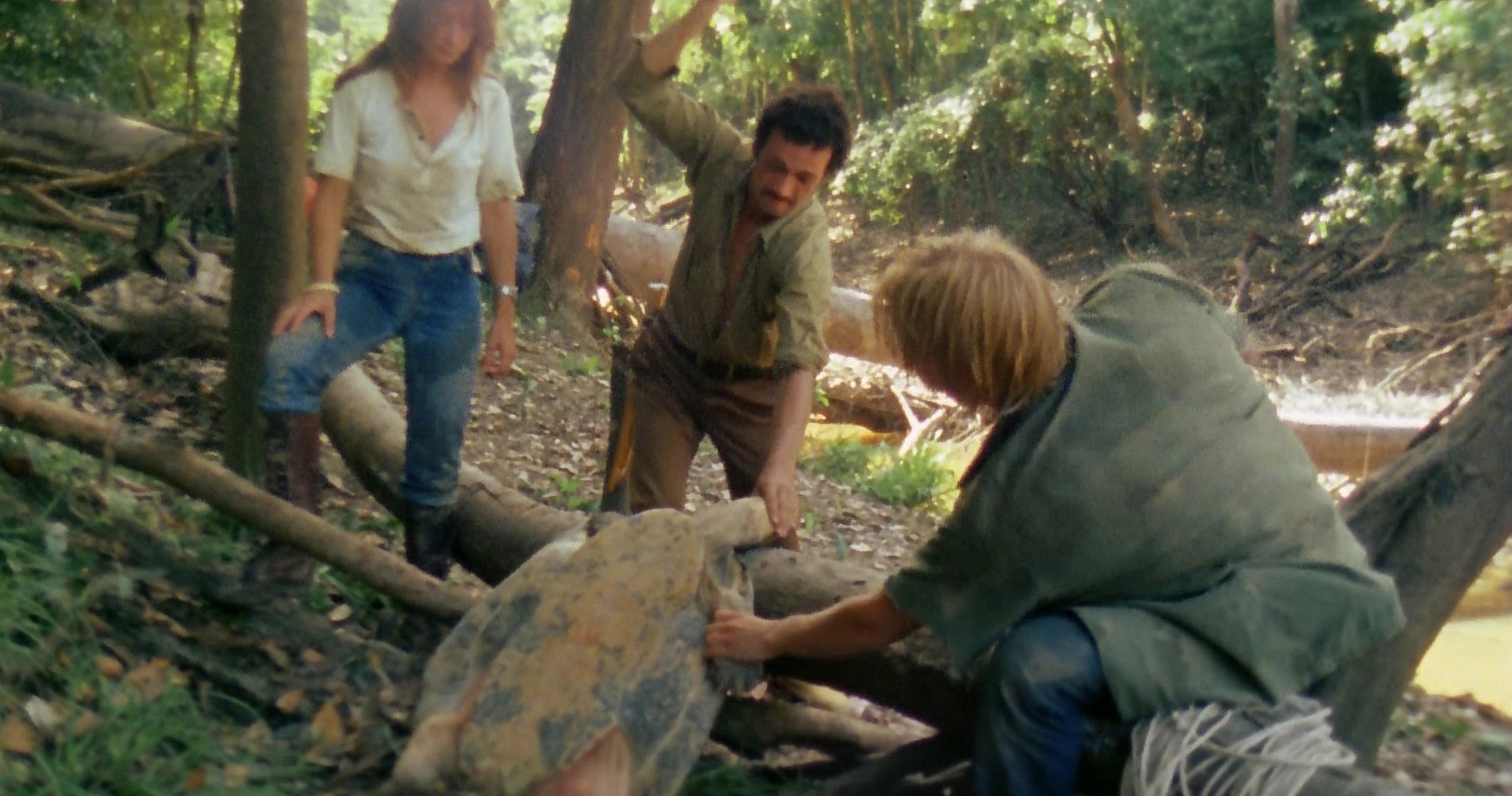
From one horror master to the next, let us move on to a man lauded for his portrayals of extreme violence and gory action, but not really admired for his treatment of south American indigenous people. That’s right, it’s time to talk of Ruggero Deodato and his controversial and problematic Savage Trilogy.
Also know as the Cannibal Trilogy (not that faithful a name, given only two of the movies deal with themes of cannibalism), these three films have everything Deodato is most famous for: extreme gore and violence, brutal sexual assault scenes, white people lost in the Amazonian forest and prejudiced portrayal of indigenous communities.
Featuring one of the most famous horror films of all time – Cannibal Holocaust -, the Savage Trilogy tells three separate, unconnected stories of carnage and fear. Jungle Holocaust centers on a handful of oil drillers whose plane crashes in the jungle and are soon thereafter followed by a tribe of cannibals; Cannibal Holocaust needs no introduction but deals with a group of filmmakers chased and murdered by a tribe of cannibals; Cut and Run is the story of a group who enters the forest to investigate the local drug trade, only to be found out and persecuted by a sadistic Russian villain and his team of local “Indios”. As one can see, they are all ramifications of the same basic plotline.
Although it is a bit unfair to claim that the politics of Deodato’s films is simplistic by nature – truly, he attempts to comment on the invasiveness of imperialism in the lives of indigenous tribes, as briefly seen in the greed of the oil drillers in Jungle and more overtly explored in the savagery and brutality of the so-called civilized characters in Holocaust – one still needs to pay attention to his infantile depiction of south American indigenous tribes and its traditions (they seem to revel in extreme gratuitous violence).
Nevertheless, the Savage Trilogy is a great recommendation for fans of realistic depictions of ultraviolence, with a touch of Italian gore to it.
6. The Kelton Trilogy
Films: Bride of The Monster/ Plan 9 From Outer Space/ Night of The Ghouls
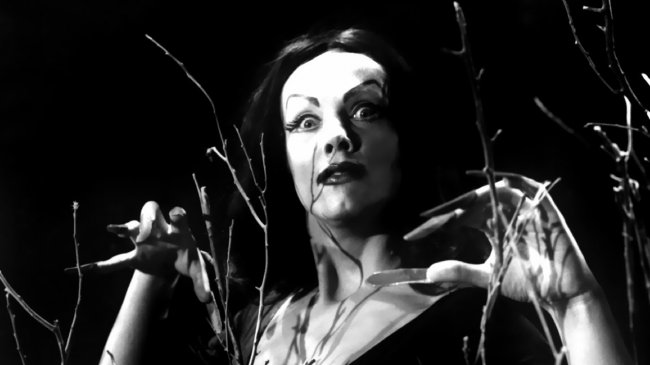
The father of bad films. The worst director of all time. Ed Wood holds many monikers, but none are fair his memory or give the man proper respect for his accomplishment. A film aficionado by nature, Wood had everything going against him and still didn’t let any barrier stop him from making the films he wanted to make, from telling the stories that were dear to him the way only he could tell.
Now considered a director that’s as cult as they come (rivaled only by John Waters, give or take), Wood gave us some of the most iconic low budget horror flicks of all time, three of which feature the recurring character of Officer Kelton, a whining, reluctant police officer with a knack for getting involved in some freaky paranormal cases.
Featuring three films released in the span of five years, the Kelton Trilogy epitomizes Wood’s style of filmmaking and the unique atmosphere and quality he could bring to his movies. Stilted, awkward acting? You got it. Hilariously cheap sets and costumes that still manage to be strangely enticing? Check. An incredibly bizarre plot that your twelve-year-old cousin who’s a bit too much into sci-fi could come up with? Bingo. It’s every B-movie fan’s dream series.
A remarkable and unique trilogy in the world of cult filmography, Ed Wood’s Kelton trilogy is unlike anything out there, and has certainly paved the way for many a filmmaker that decided having no money would not hinder them in their pursuit of making a movie.